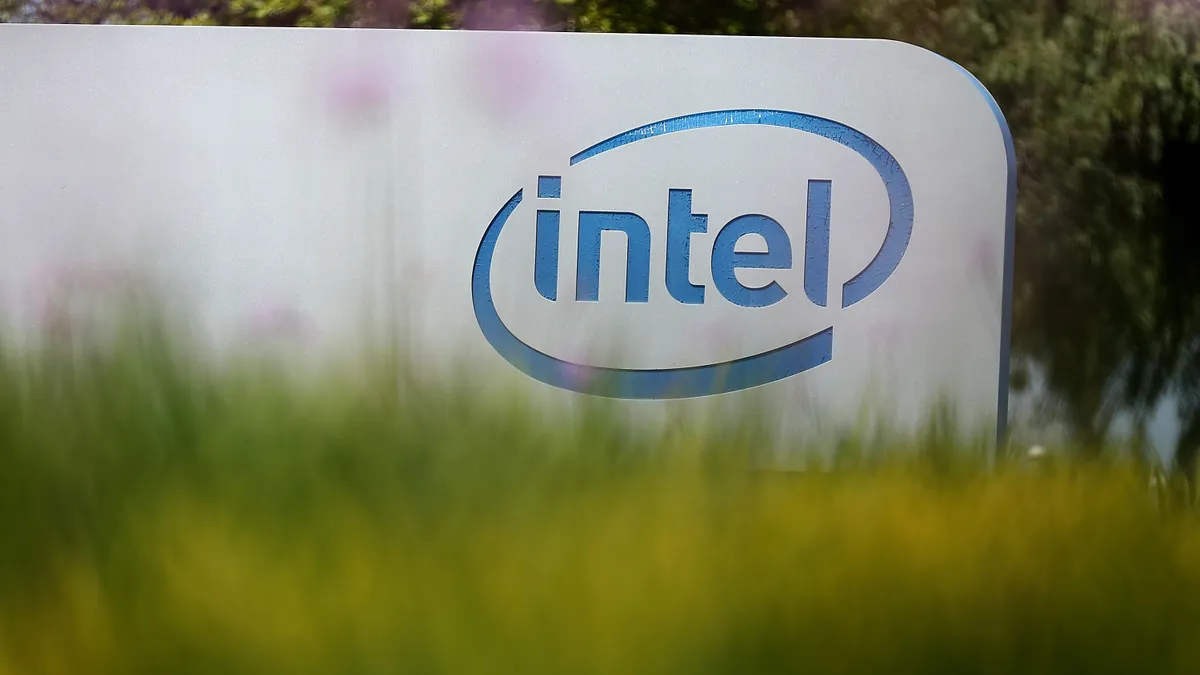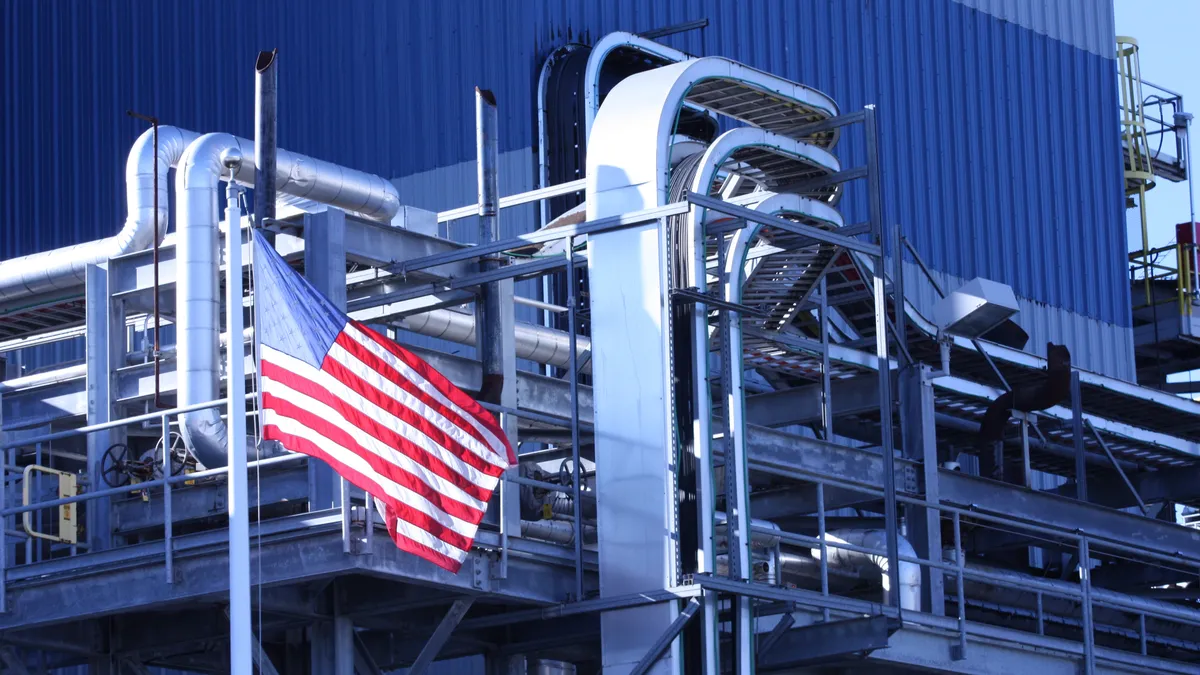Dive Brief:
- Intel announced Lorenzo Flores will be serving as CFO for its Intel Foundry unit effective April 8 as part of a shift in the chipmaker’s financial reporting structure, according to a Tuesday press release. The new model establishes a “relationship between Intel Foundry, the company’s manufacturing organization, and Intel Products, comprised of the company’s product business units,” the company said in the statement.
- The restructuring aims to create a clear path to profitability for the chipmaker’s foundry unit. Flores’ appointment comes after the Santa Clara, California-based company reported a $7 billion operating loss in 2023 for the segment in a filing with the Securities and Exchange Commission, where it reported “recast” financials for 2021, 2022 and 2023 in association with the new structure.
- The move is designed to generate significant cost savings, operational efficiencies and asset value, Intel CFO David Zinsner said in a statement included in the press release. Intel expects the restructuring to help accelerate it towards its goal of achieving 60% non-GAAP gross margins and 40% non-GAAP operating margins in 2030, Zinsner said.
Dive Insight:
The appointment of Flores as Intel Foundry’s CFO follows the earlier appointment of Intel alum Mark Henninger as CFO of its products unit, which was effective in January, the company said. Both will report to Zinsner, who has served in its top financial seat for two years, according to his LinkedIn profile.
Flores has nearly 30 years of financial experience in semiconductors and technology, Intel said in its Tuesday press release. He currently serves as Vice Chairman for Japanese computer memory manufacturing Kioxia, and served as CFO for chip manufacturer Xilinx for three years until November 2019, according to his LinkedIn profile. His professional experience also includes a 10-year previous stint at Intel, where he served as group controller until 2003.
The CFO appointment and new reporting structure come as Intel seeks to course-correct and improve its operational efficiency following last year’s slump in demand, which contributed to financial declines for the semiconductor industry’s largest players, according to a report by CNBC.
The slump — as well as growing competition in the semiconductor space — saw Intel widen its operating loss for its foundry division in 2023, notching a $7 billion such loss compared to a $5.2 billion loss in the prior year, according to the SEC filing.
The chipmaker also saw declining revenue for its foundry unit, with the segment reporting $18.9 billion in revenue for 2023 compared to $27.4 billion the previous year.
Part of the reason for the widening loss was due to Intel being slow to adapt to extreme ultraviolet machines (EUVs), CEO Pat Gelsinger said Tuesday during an investor presentation. The machines contribute to more cost-effective chip production according to EUV creator ASML.
Though Intel helped to invent the technology, “we were slow to adopt EUV,” Gelsinger said. “We were slow to adapt to the step-up in capital intensity and this fundamental shift to a foundry model.”
The restructuring of its foundry unit is aimed at accelerating this shift; the segment “is going to drive considerable earnings growth for Intel over time,” Gelsinger said, noting that 2024 is the “trough” for the unit’s operating losses. Intel has committed to becoming the “number 2 foundry by the end of the decade,” he said.
“Ultimately, improved cost competitiveness will help us deliver process technology, product and foundry leadership while driving significant financial upside for Intel and our owners,” Zinsner said of how the foundry restructuring will aid the business in a statement included in the Tuesday release.
Intel is moving to enact this plan as emerging technologies such as artificial intelligence have since boosted both interest and pricing in the semiconductor space, reigniting competition and causing CFOs to take careful looks at the return on investment promised by such technologies as they seek to buy AI-enabled chips, CFO Dive previously reported.
For Intel, that boost could provide a critical opportunity for it to wrestle back lost ground from competitors such as Taiwan Semiconductor Manufacturing (TSMC), Samsung and Nvidia, all of which have vied for the crown as the world’s top semiconductor manufacturer for years.
While the Taiwanese TSMC — which manufactures chips for companies such as Apple and Nvidia, in contrast to Intel which designs and produces its chips in-house — was also affected by last year’s slump, it has recently become the largest chip manufacturer in the world by revenue, according to some estimates.
Dan Nystedt, a Taipei-based financial analyst for the semiconductor space, estimated that TSMC’s revenue — calculated from calendar year rather than financial performance — reached $69.30 billion in 2023, compared to Intel’s $54.23 billion and the $50.99 billion for Samsung’s chip division, according to a post on Twitter, now X.
Intel declined to comment further beyond its press release.













